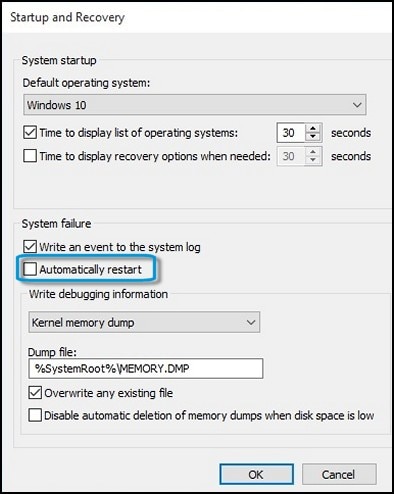Before the rebooting and overheating issues began, my PC started to make a rattling noise. I checked every fan (except PSU fan) by stopping it with my finger to see if they were causing the noise which none were. I wrote it off as a minor inconvenience and moved on. A couple days later after playing Trover saves the universe for about an hour my PC randomly shuts down and POSTs into a MOBO and CPU overheating error screen. It does this about 3 more times, and after those 3 times my PC wouldn't want to turn on. I would press the power button, and it turns on for a second then dies turns on for another second and turns off again. The only way I could get it to POST again was by shutting off the power to the power supply, and let it sit for a minute or two. Fixes I have tried were cleaning out the dust, and resiting all my fans. After trying these fixes the problem still remains but instead of giving me the POST error screen, it just reboots into Windows. It has only shut off on me while playing games. Do you guys believe my PSU or my MOBO is to blame. Hope to fix this before school starts and to hear from you guys soon. 
Specs;
CPU: i7 6700k
Cooler: Deepcool Captain 240EX
RAM: Crucial Ballistic 16 GB
MOBO: Asus Z170-A
GPU: Gigabyte Nvidia GTX 1070
PSU: EVGA 650 Bq, 80+ Bronze 650W, Semi Modular

Specs;
CPU: i7 6700k
Cooler: Deepcool Captain 240EX
RAM: Crucial Ballistic 16 GB
MOBO: Asus Z170-A
GPU: Gigabyte Nvidia GTX 1070
PSU: EVGA 650 Bq, 80+ Bronze 650W, Semi Modular


